Metroid is one of the most iconic Nintendo franchises, garnering wide critical acclaim and a loyal fandom for what is one of the publisher’s surprisingly more mature properties. The series has been running since 1986 and has had many hands in its development, such as Nintendo R&D1, MercurySteam, Retro Studios, and even Intelligent Systems. It’s one of the most beloved franchises for speedrunners and sci-fi fans seeking more profound lore in a Nintendo gaming franchise. But playing Metroid in order is a tad confusing due to its release schedule and what is considered canon among its games.
How Do You Play All the Metroid Games in Order?

The Metroid series is tricky to navigate because certain games are not considered canon with the mainline entries, so playing the games in order is a matter of perspective. It’s reasonable to assume a fully assembled timeline, as well as space being given for a timeline of the mainline entries and one for the spin-offs.
If you were to play every Metroid game not outright considered a spin-off or disconnected from the primary story, the list goes as follows:
- Metroid (NES, 1986) / Metroid: Zero Mission (GBA, 2004) — Game Boy Advance remake of Metroid
- Metroid Prime (GC, 2002) / Metroid Prime Remastered (NS, 2023) — High-quality remaster for the Nintendo Switch
- Metroid Prime Hunters (DS, 2006)
- Metroid Prime 2: Echoes (GC, 2004)
- Metroid Prime 3: Corruption (Wii, 2007)
- All 3 main Metroid Prime games are also collected on Metroid Prime: Trilogy for the Nintendo Wii (2009)
- Metroid Prime: Federation Force (3DS, 2016)
- Metroid II: Return of Samus (GB, 1991) / Metroid: Samus Returns (3DS, 2017) — 3DS remake of Metroid II
- Super Metroid (SNES, 1994)
- Metroid: Other M (Wii, 2010)
- Metroid Fusion (GBA, 2002)
- Metroid Dread (NS, 2021)
While these stories assembled might be troublesome, especially with the removal of Other M from Dread’s promotion, this is the most coherent way to enjoy the chronology of Metroid. With that considered, Other M touches on Samus’ earlier days, as does Fusion, but their stories are more directly rooted in their above-listed positions. If you break down the series into smaller lists though, you’ll have a more concise but equally enjoyable experience.
How to Enjoy the Mainline Metroid Games in Order
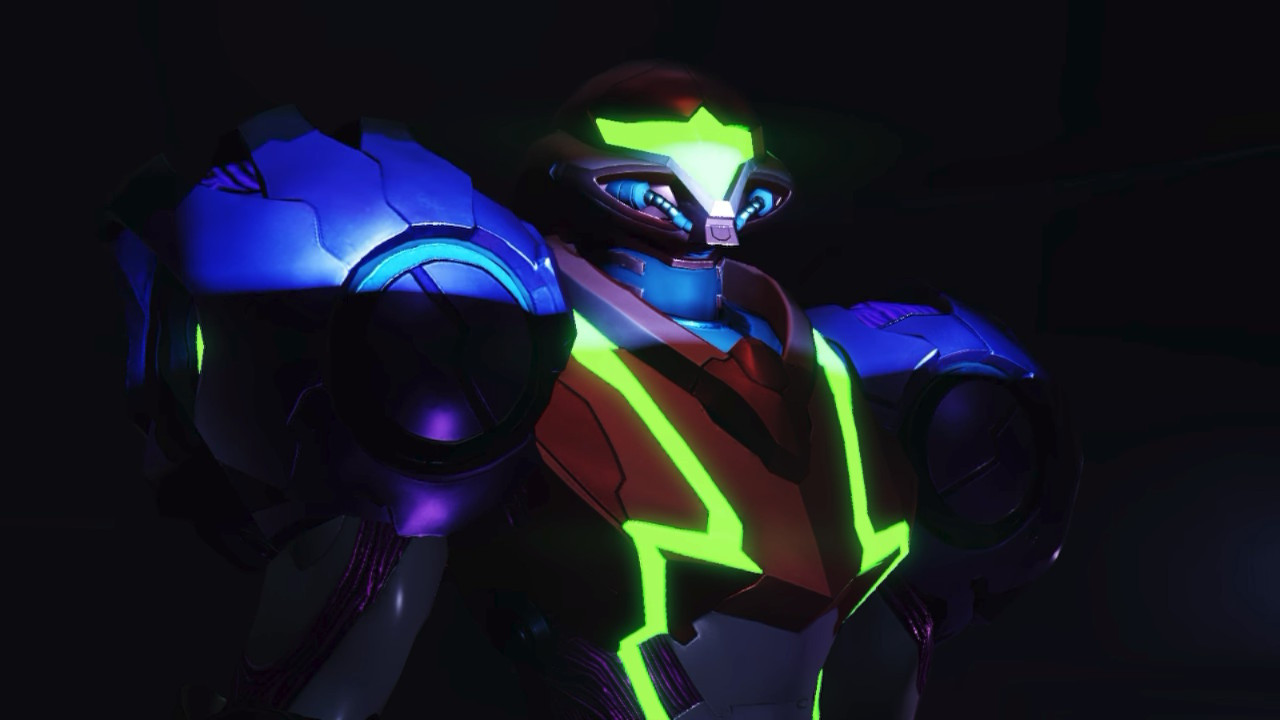
The mainline Metroid games follow a fairly similar structure through 5 entries, a sidescrolling adventure through dangerous environments where you can freely explore, and acquire upgrades to progress. This is essentially the same core experience throughout the series, except Fusion is significantly more guided (but also potentially more approachable for newcomers.) The playthrough order goes as follows:
- Metroid / Metroid: Zero Mission
- Metroid II: Return of Samus / Metroid: Samus Returns
- Super Metroid
- Metroid Fusion
- Metroid Dread
As demonstrated above, Metroid has 5 mainline entries, most directly confirmed when Metroid Dread was first announced. It follows the journey of Samus as she takes down Mother Brain on Zebes, retrieves the Metroid hatchling on SR388, and inadvertently unleashes the X Parasite by eradicating their predators. Samus ties off loose ends on Zebes after a Space Pirate attack on a nearby base, and upon return, encounters a catastrophic incident on the Biologic Research Laboratories station.
In the wake of this, Samus faces a deadly reckoning with everything that’s come to pass up to the events of Dread, along with a confrontation with her past. It’s an exciting saga told in very few words, and a worthwhile experience for any fan seeking a “less is more” approach to storytelling. But as for other entries, a certain game created a rift in the fandom about what was considered “Metroid canon.”
Let’s Talk About Other M and the Sub-Story Timeline
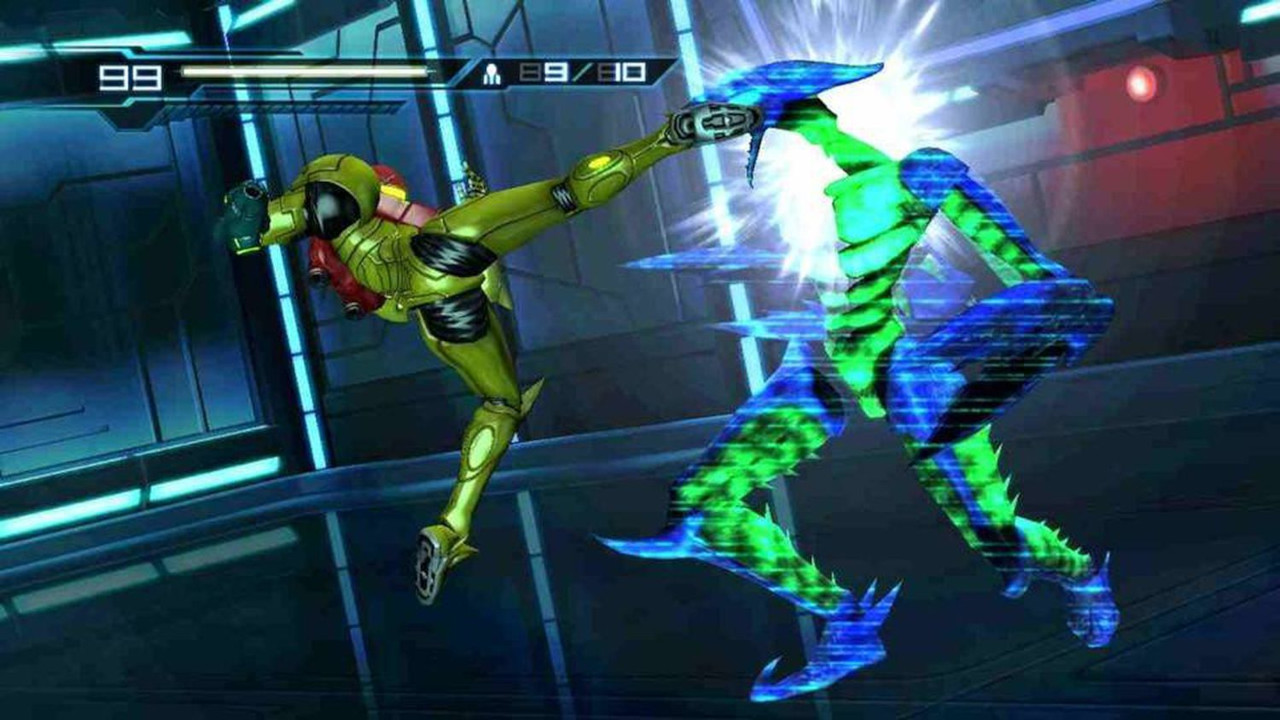
Metroid: Other M was an experiment that, while initially well-received by the critics, did not go over well with the fans. It was a case of enjoying a game by simply being a game, not as part of a beloved franchise. But it is essentially viewed as an entry poised to remove the Prime games from focus yet is ultimately regarded as part of a sub-story timeline, one that begins with Metroid Prime and the following:
- Metroid Prime
- Metroid Prime Hunters
- Metroid Prime 2: Echoes
- Metroid Prime 3: Corruption
- Metroid Prime: Federation Force
- Metroid: Other M
Much of this timeline incorporates the presence of Phazon in Prime as a universal, existential threat while fleshing out Samus’ place in the games’ world. The games introduced her fellow bounty hunters, and other connections previously unexplored. The elimination of Phazon was the ultimate conclusion of the Prime arc, while Other M connects after the events of Super Metroid.
However, fans will deny the existence of Other M in many cases, while contesting where Prime stands on the timeline. Technically Prime is meant to take place after Samus returns from Zebes after defeating Mother Brain, which she does twice, once in the first Metroid, and then again in Super Metroid. It’s an inconsistent timeline when considering these entries, but still enjoyable. The only other title not featured here is Metroid Prime Pinball, which some might still take over Other M. But It’ll be interesting when the impossible finally happens and Prime 4 sees the light of day.
At its worst, Metroid is a more than good franchise you will certainly enjoy. At its best, Metroid narratively and experientially raises the bar for many other Nintendo franchises, despite not being the same heavy-hitters that The Legend of Zelda or Mario are, sales-wise. But Metroid is an extremely special series, and one that is still getting love and beautiful releases to this day, and exposure for its older classics.





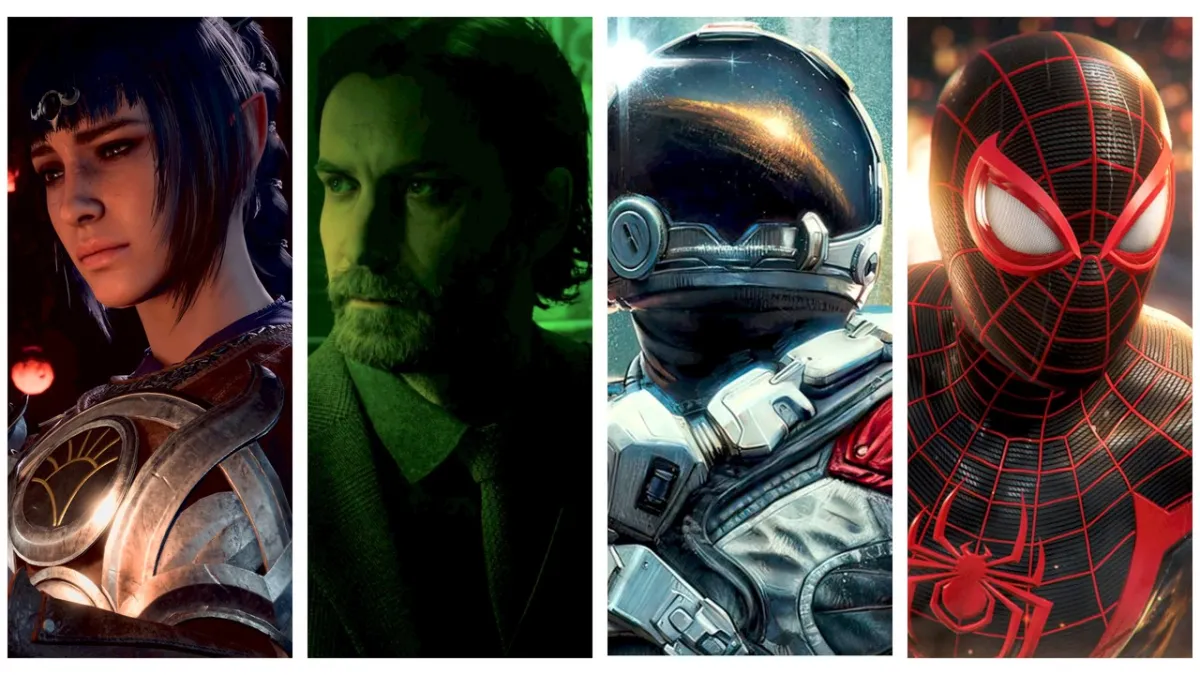

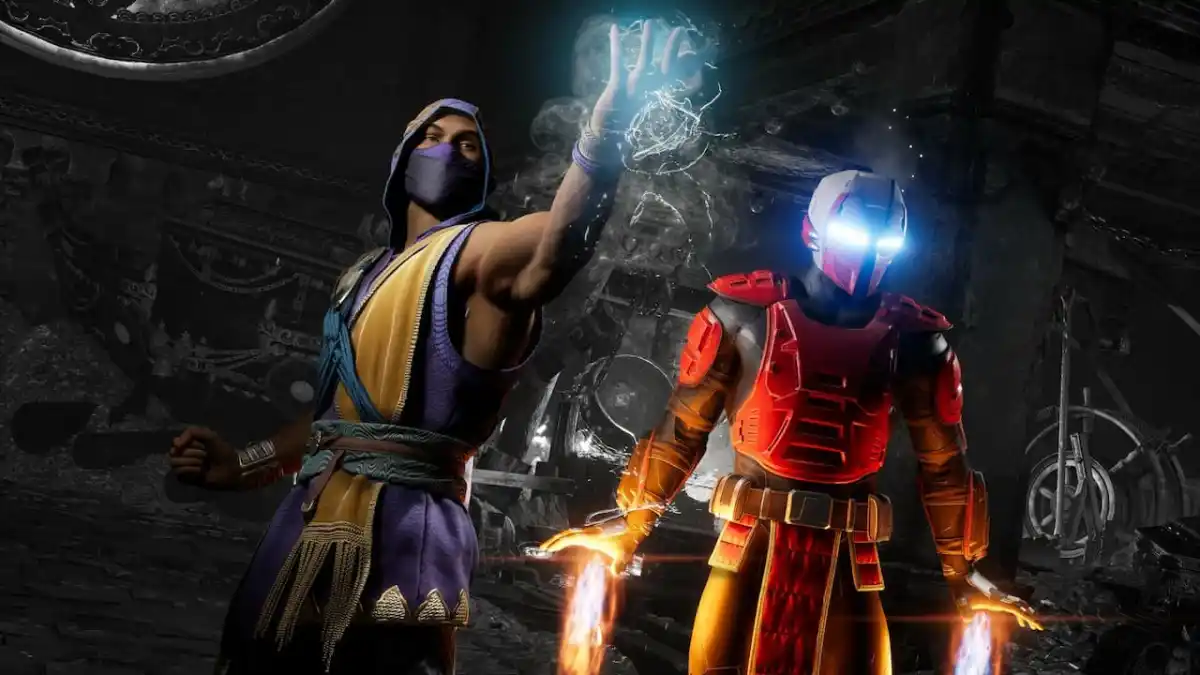
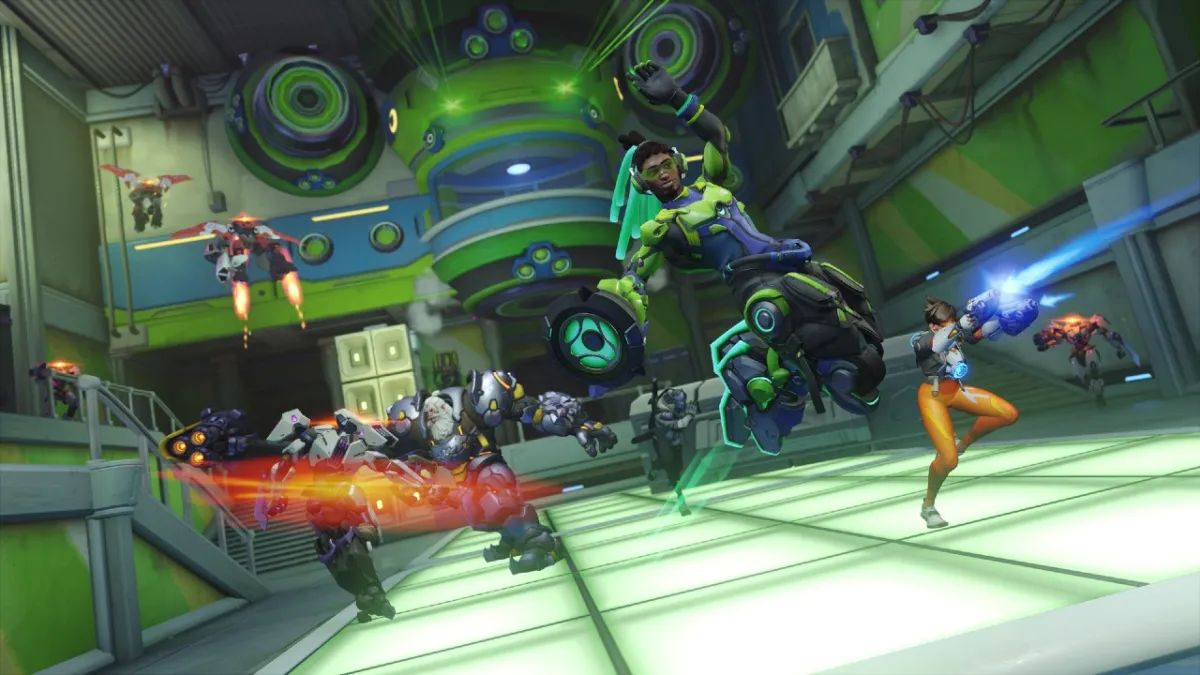



Published: Feb 9, 2023 05:45 pm